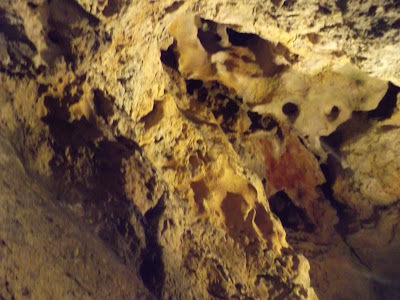Budapest, the capital of Hungary is famous for its hot
springs all over the world. Many people visit Hungary’s
famous thermal baths, but only a few are Budapest, the capital of Hungary is famous for its hot
springs all over the world. Many people visit Hungary’s
famous thermal baths, but only a few are aware of the
fact that hot water rushing up from deep underground has
created something else too. The capital is built on a
limestone basis, in which the heated water formed a huge
cave system, thought to be more than 120 km long. The
spas and caves of Budapest are planned to be a declared
part of the UNESCO World Heritage.re of the
fact that hot water rushing up from deep underground has
created something else too. The capital is built on a
limestone basis, in which the heated water formed a huge
cave system, thought to be more than 120 km long. The
spas and caves of Budapest are planned to be a declared
part of the UNESCO World Heritage.
The 30.1 km long
Pál-völgyi cave system
– the longest in Hungary - located in the Duna-Ipoly
National Park. The cave is a real multi-level labyrinth
system with most of its chambers under the residental
districts of Budapest. This cave system offers two types
of tours.
It was
discovered in 1904, during stone extraction. The speleologists
found 1200 metrs long passages and beautiful stalagmit
formations. It was soon opened to the public, equipped with
electric lighting in 1927. Since 1944 it is a nature protected area.
There has been continous search for new passeges and by 1980 the lenght
exceeded 13 kilometrs. In 2001 the connection with the neighboroughing
Mátyáshegyi cave was discovered and as a result
of this today this cave-system is the second longest in Hungary with
its 18km length. For visitors guided tours are organised in
every hour. The temperature is around 8 Celsius, warm clothing
is recommended.












No comments:
Post a Comment